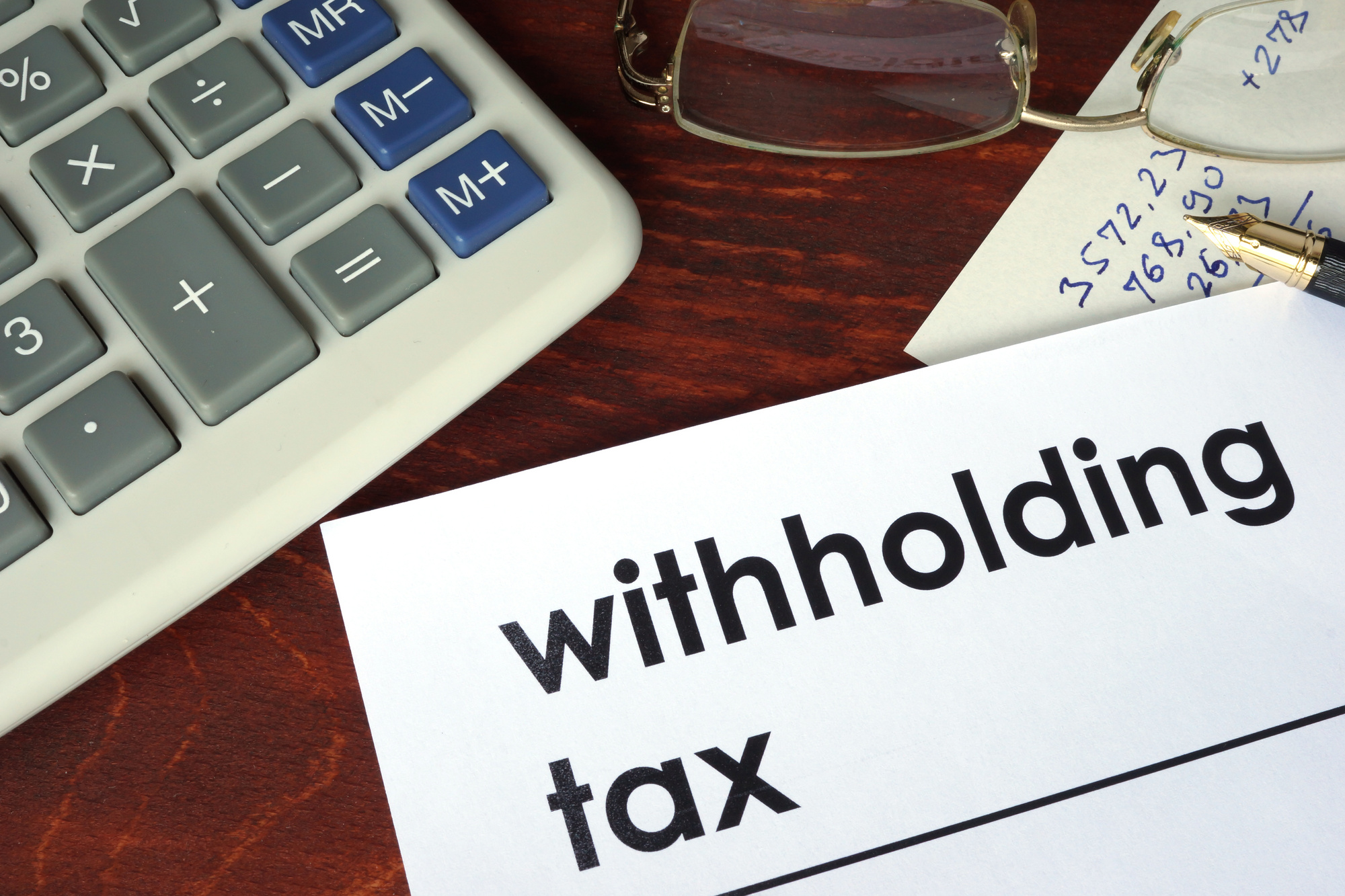Think your employer’s perfect? Think again.
Over 50% of Americans have had errors on their paycheck at one time or another. The best way to protect yourself from mistakes is to understand the ins and outs of how payroll works. That’s why in this article we’re going to review how you can double-check your income tax withholding.
We’ll also let you know what life events should trigger you to adjust your withholding amount. Don’t leave money on the table because you assume your paychecks accurate.
Read on to learn the ins and outs of withholding tax.
Income Tax Withholding
What is tax withholding? Tax withholding is the amount of money from your gross pay that your employer sets aside to give to the government.
The amount of money taken out of your check serves as a credit for the income taxes you’ll owe when you file your tax return. If you have a lot of allowances, you’ll have fewer income taxes withheld for each pay period.
The number of allowances you’re allowed to claim depends on a variety of factors. For instance, your job status, filing status, number of dependents, and marital status will all affect the number of allowances you’re eligible for. If you’re an independent contractor, you can produce your pay stubs online to make keeping track of your tax withholdings easier.
How to Calculate Income Tax Withholding
Next, let’s look at how to calculate your income tax withholding. First, add up the amount of taxes you expect to have taken out for the year. To do this, you’ll need to find the amount of federal withholding tax that was withheld on your last paycheck.
Next, multiple the number of taxes withheld, by the number of pay periods you’ll have in the year. The number you wind up with is a projected withholding. Next, you’ll want to determine how much you’ll owe in taxes this year.
Finally, subtract the amount of taxes you think you’ll owe from your projected annual income withholding. If you wind up with a positive number, you’ll likely receive a tax refund close to that amount. If you wind up with a negative number, you’ll likely owe taxes when you file your tax return.
When to Adjust Your Withholding
Certain life events may require you to adjust your tax withholdings. Here are a few examples of instances where you might need an adjustment:
- You got married or divorced
- You had a child
- You filed bankruptcy
To make things easier, you can use the IRS’s tax withholding estimator.
Review Your Paycheck
Remember, employers, make payroll mistakes all the time. Go ahead and double-check your income tax withholding today to make sure the right amount of money is being taken out of your check.
After all, the more you know about where you stand financially, the easier it’ll be for you to plan for your future. Are you ready to learn more ways to make your future bright? Then go ahead and read another one of our articles!
